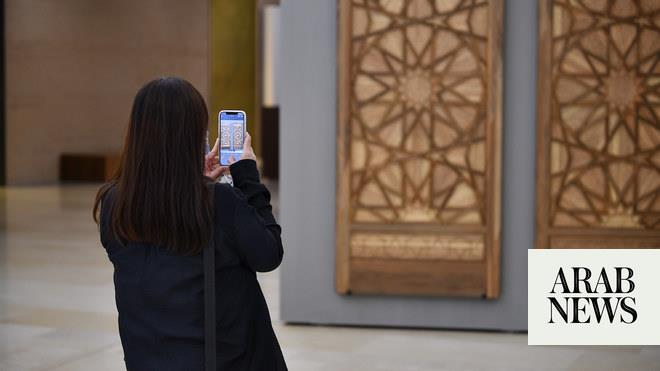
Winston Churchill had painting, Judi Dench is famous for her rude embroidery and Tom Daley has been known to knit at the Olympics. Now researchers say we could all benefit from creative endeavours and that such pursuits have a bigger influence on life satisfaction than having a job.
While arts and crafts have long been used to aid mental health, experts said most research has looked at their effect on patients rather than the general population, and tend to look at specific activities.
However, the researchers have now said such interests could be an important tool for improving public health in general.
Dr Helen Keyes, a co-author of the research from Anglia Ruskin University, said: “It’s quite an affordable, accessible and ultimately popular thing for people to do. And that’s key. You’re not going to be shoving something down people’s throats that they don’t want to do.”
Writing in the journal Frontiers in Public Health, Keyes and colleagues reported how they analysed data from more than 7,000 people aged 16 or over who took part in the face-to-face “taking part survey” by the UK Department for Culture, Media and Sport between April 2019 and March 2020.
As part of the survey participants were asked to rate various aspects of their wellbeing on 10-point scales, report whether they took part in arts or crafts, and provide demographic details.
The team found that just over 37% of participants reported taking part in at least one art or craft activity in the past 12 months – ranging from painting to pottery and photography.
The researchers then looked at the ratings for wellbeing.
The results revealed that people who engaged with creating arts and crafting had greater ratings for happiness, life satisfaction and feeling that life was worthwhile than those who did not, even after taking into account other factors known to have an impact –including age, gender, deprivation, poor health, and employment status.
Keyes said: “So crafting, in and of itself, is associated with bigger increase [in wellbeing].”
Among other results the team found engaging in arts and crafts was associated with an increase in happiness on a par with ageing by 20 years (as Keyes notes, wellbeing goes up slightly with age), while the sense that life was worthwhile was more strongly associated with crafting than being in employment.
Keyes said: “That was probably our most interesting finding, because you would certainly think you get a lot of your sense of worth from being in employment.” The results, she added, might reflect that not everybody is in a job they find fulfilling, while people often have a sense of mastery or “flow” when undertaking arts and crafts – experiencing control, achievement and self-expression.
While the new study does not compare specific creative activities, may not have captured all such pursuits participants undertook and cannot prove cause and effect, Keyes said smaller clinical trials have suggested engaging in arts and crafts can increase wellbeing.
Keyes also acknowledged the increases in wellbeing associated with creating arts and crafting were very small – on average engaging in such activities was only linked with a 2% higher rating for the feeling that life was worthwhile. But, she said, the results remained meaningful at a population level.
She added: “If you’re a national health service, or you’re a government, seeing a 2% increase in the overall wellbeing of your population is going to be really significant at that kind of national level.”
Keyes said that backing such activities would offer a simpler route for governments to improve the nation’s wellbeing than other factors that are known to have a big effect.
“This is something that that we’re showing can have quite a big effect compared to those other factors,” she said. “But it’s a really quite cheap, easy, accessible thing for us to engage people in.”












